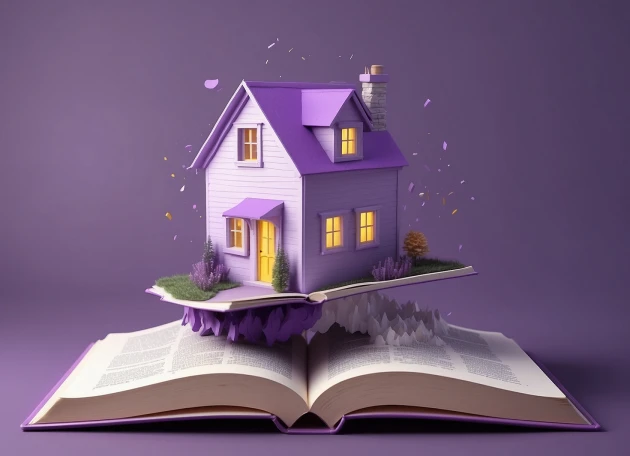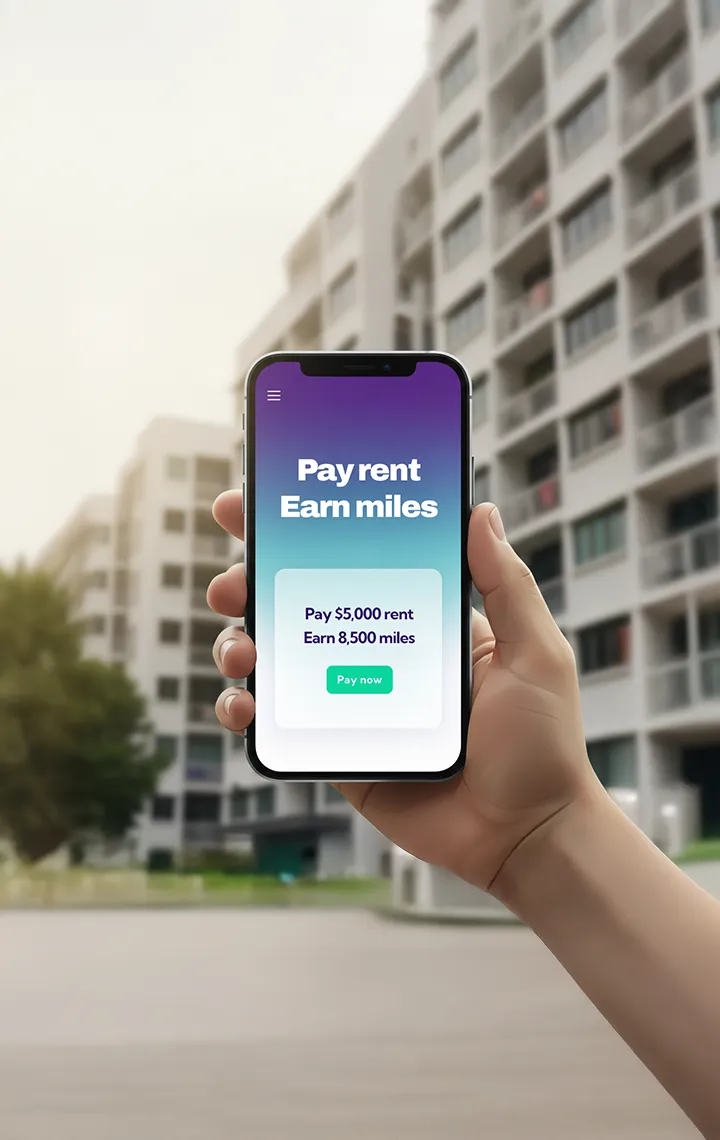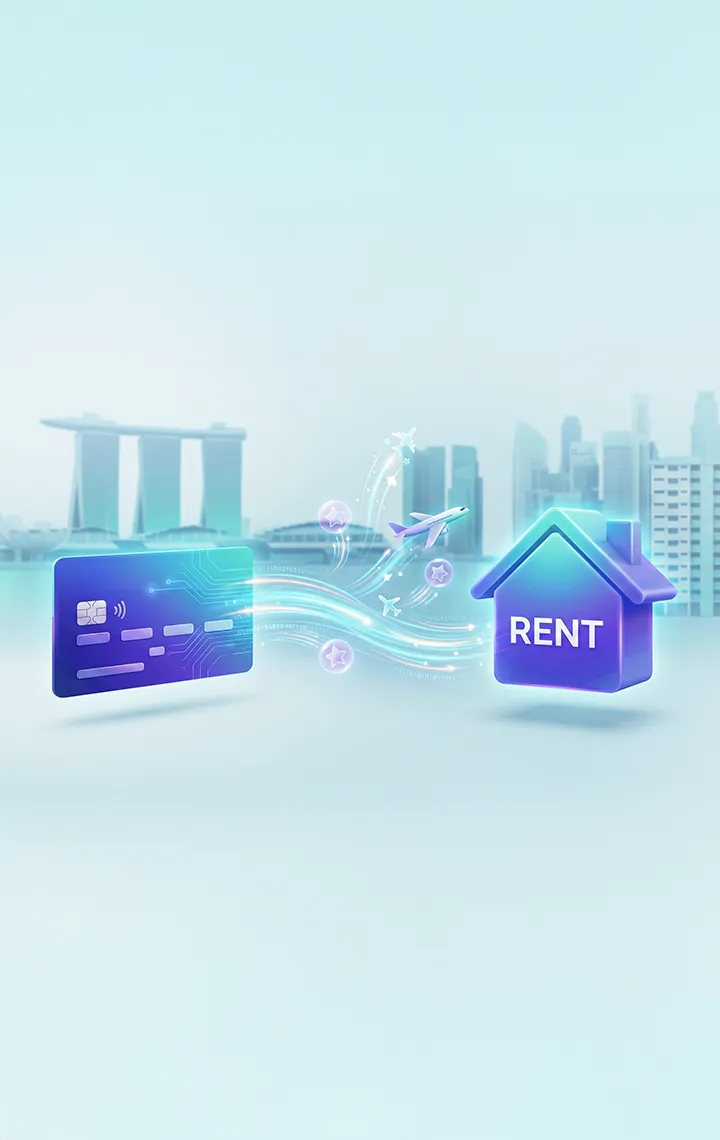Home staging is a crucial part of the real estate process, as it helps potential buyers or renters visualize themselves living in a property and can lead to faster sales and higher prices. By following the principles of interior design, real estate agents can create beautiful and functional spaces that showcase a property's best features and highlight its potential.

What is home staging and how effective it is
Home staging is the process of preparing a property for sale or rent by decorating and furnishing it in a way that highlights its best features, creates a comfortable and inviting atmosphere, and increases its perceived value. In this article, we'll explore the benefits of home staging for real estate agents, including its guiding principles, history, and effectiveness. We'll also provide tips and insights on interior design, photography and videography, online promotion, and social media marketing.
The Guiding Principles of Home Staging
Maximizing Space: One of the primary goals of home staging is to make a property feel more spacious and open. This can be achieved by decluttering and removing excess furniture, rearranging the layout of the space to create flow, and adding mirrors to reflect light and create the illusion of more space.
Highlighting Key Features: Another key principle of home staging is showcasing the property's best features. This might include a fireplace, a bay window, or a stunning view. By drawing attention to these unique aspects of the property, real estate agents can help potential buyers or renters envision themselves living in the space.
Creating a Neutral and Inviting Atmosphere: A neutral color palette and decor can help potential buyers or renters feel more at home in the space. Soft, warm colors like beige, cream, and gray can create a calming and inviting atmosphere, while accessories like pillows, blankets, and artwork can add pops of color and texture.
Presenting the Property as Move-In Ready: A property that is clean, well-maintained, and move-in ready is more appealing to potential buyers or renters. This might include minor repairs and touch-ups, thorough cleaning, and fresh paint or flooring.
The History of Home Staging
Home staging has been around since the 1970s, when Barbara Schwarz, the founder of the International Association of Home Staging Professionals (IAHSP), began using staging techniques to sell properties in the Seattle area. Since then, home staging has become a staple of the real estate industry. According to the National Association of Realtors, 83% of buyers' agents say staging a home makes it easier for buyers to visualize the property as a future home, while 28% of sellers' agents say they stage all their clients' homes before listing them for sale.
The Effectiveness of Home Staging
The benefits of home staging are clear: staged homes sell faster and for higher prices than non-staged homes. A report by the Real Estate Staging Association found that staged homes spent 73% less time on the market than non-staged homes, and that staged homes typically sold for 6-10% above the asking price. Additionally, a survey by the National Association of Realtors found that 83% of buyers' agents said staging a home made it easier for buyers to visualize the property as a future home.
What Real Estate Agents Should Be Aware of
Real estate agents should be aware of the importance of home staging and the impact it can have on the sale of a property. They should also understand the principles of interior design and how to use them to create a visually appealing and emotionally engaging environment. It is important to work with a professional home stager or have a basic understanding of home staging techniques to ensure the property is presented in the best possible way.

Interior Design Tips for Home Staging
To create a visually appealing and emotionally engaging environment, it is important to follow the principles of interior design. This involves using a neutral color palette, decluttering the space, adding decorative elements, and arranging the furniture to create a sense of space and flow. It is also important to highlight the property's best features and create a focal point in each room. For example, if the property has a beautiful fireplace, arrange the furniture to draw attention to it and create a cozy atmosphere.
Creating a Cohesive and Neutral Color Scheme
When it comes to interior design for home staging, it's important to create a cohesive and neutral color scheme that will appeal to a wide range of potential buyers or renters. Soft, warm colors like beige, cream, and gray are popular choices for walls and decor, while pops of color can be added with accessories like pillows, rugs, and artwork.
Furniture and Accessory Placement
Furniture and accessories should be arranged in a way that maximizes space and creates a flow throughout the space. Furniture should be appropriately scaled to the room, and accessories should be carefully selected to complement the overall aesthetic.
Incorporate Elements of the Local Area or Community
Incorporating elements of the local area or community into the design can help potential buyers or renters envision themselves living in the property. Consider incorporating artwork or decor that reflects the local culture, or adding plants and landscaping that are native to the area. Additionally, highlighting nearby attractions like parks, restaurants, and shops can help buyers or renters see the value in the location and community.
Highlight Unique Features
If the property has unique features like a fireplace, hardwood floors, or a large backyard, make sure to highlight these features during the home staging process. Consider using furniture and decor that complements these features and draws attention to them.
Stage Each Room with a Purpose
Each room in the property should be staged with a clear purpose in mind. For example, a spare bedroom can be staged as a home office or guest room, while an unfinished basement can be staged as a workout room or entertainment area. By staging each room with a clear purpose, buyers or renters can see the potential in the space and envision themselves using it in their daily lives.
Declutter and Depersonalize
One of the most important aspects of home staging is decluttering and depersonalizing the space. Remove any personal items like family photos, memorabilia, and collections, as these can be distracting and prevent potential buyers or renters from imagining themselves living in the space. Additionally, remove any excess clutter and furniture to create an open and airy feel.
Use Proper Lighting
Lighting is another key aspect of interior design and can make a big difference in how a space looks and feels. Use a mix of natural and artificial light to create a warm and welcoming environment. Consider adding lamps, sconces, and overhead lighting to brighten up dark areas of the space.
Incorporate Texture and Pattern
Adding texture and pattern to a space can create visual interest and make the space feel more inviting. Consider incorporating throw pillows, area rugs, and other textiles to add texture and dimension to the space. Additionally, using patterned wallpaper or accent walls can create a focal point and add personality to the space.
Focus on Curb Appeal
Curb appeal is another important aspect of home staging, as it's the first thing potential buyers or renters will see when they arrive at the property. Make sure the exterior of the property is clean and well-maintained, with fresh landscaping, a well-manicured lawn, and a welcoming front entrance.
By following these interior design principles and tips, real estate agents can create a warm and inviting environment that will appeal to potential buyers or renters and help them envision themselves living in the space.

Lighting and Photography/Videography Recommendations for Home Staging
In today's digital age, it's essential to have high-quality photography and videography to showcase a property online. This is where home staging can make a significant difference.
A staged property is more visually appealing and photogenic than an empty or cluttered one. This makes it easier for real estate agents and property owners to capture high-quality images and videos that highlight the property's best features and show it in its best light.
When it comes to photography, it's important to capture the property's exterior and interior in a way that makes it look inviting and welcoming. This can involve using natural light to highlight the space's features and taking pictures from various angles to show the property's layout.
Videography is another powerful tool that can help showcase a property's features and layout. A well-produced video can give potential buyers or renters a better sense of the property's flow and layout, as well as provide a more immersive experience than still images.

Principles
Use Natural Light Whenever Possible
Natural light is the most flattering and can make a space look bright and inviting. Consider opening up window treatments to let in as much natural light as possible. If the property is lacking in natural light, consider using artificial light to create a warm and inviting atmosphere.
Invest in Quality Equipment
Investing in quality equipment, such as a tripod, wide-angle lens, and external flash, can make a big difference in the quality of the final product. Using a tripod can help avoid blurry photos or shaky videos, while a wide-angle lens can capture more of the space and make it look larger and more spacious. An external flash can help fill in gaps when natural light is not available and create a more natural-looking lighting.
- Tripod: A tripod is essential for steady shots and can help avoid blurry photos or shaky videos.
- Wide-angle lens: A wide-angle lens can capture more of the space and make it look larger and more spacious.
- External flash: An external flash can help fill in gaps when natural light is not available and create a more natural-looking lighting.
- Light stands and diffusers: Light stands and diffusers can help control the lighting and create a more even and natural-looking light.
Balance Natural and Artificial Light
While natural light is preferred, it's important to balance it with artificial light when necessary to ensure that the lighting looks natural and not artificial. Consider using light stands and diffusers to help control the lighting and create a more even and natural-looking light.
Avoid Harsh Shadows
Harsh shadows can be unflattering and distract from the space. To avoid harsh shadows, try to avoid direct light sources like overhead lights and direct sunlight. Instead, use diffused lighting or indirect lighting to create a softer and more flattering light.

Guides and recommendations
Shoot During the Golden Hour
The best time of day for photography/videography is typically during the golden hour, which is the hour after sunrise or before sunset when the natural light is warm and soft. However, it's important to consider the orientation of the property and the direction of the light to ensure the best possible shots.
Capture the Best Angles
Experiment with different angles and perspectives to capture the best shots of the space. For example, shooting from a low angle can make the space look larger and more spacious, while shooting from a high angle can create a unique and interesting perspective.
Use Staging to Guide the Eye
Use staging to guide the viewer's eye through the space and highlight the best features of the property. For example, placing a piece of artwork or a rug in the center of the room can create a focal point and draw the viewer's eye to the center of the space. Make sure to remove any clutter or distractions that may detract from the space.
By implementing these recommendations and tips, real estate agents can create high-quality photography and videography that showcases the property in the best possible light and helps potential buyers or renters envision themselves living in the space.

Online Promotion
Once a property has been staged and photographed or videotaped, it's essential to promote it effectively online. This involves creating listings on various online platforms, such as real estate websites and social media, to reach as many potential buyers or renters as possible.
When creating online listings, it's important to use high-quality images and videos that showcase the property in its best light. Including detailed descriptions that highlight the property's features and amenities is also crucial to attracting potential buyers or renters.
Social media is another powerful tool for promoting properties online. Creating posts that showcase the property's features and highlight its unique selling points can help generate interest and attract potential buyers or renters.

Home Staging Inspiration and Resources
Home staging can be a daunting task for even the most experienced real estate agent. Thankfully, there are plenty of resources available to provide inspiration and guidance. Here are some of the best sources of home staging inspiration and resources online, in bookstores, and in libraries.
Online Resources
Houzz
Houzz is a popular online platform that provides inspiration and resources for home design and renovation, including home staging. The platform features thousands of photos and articles on home staging and design, as well as a community of professionals and enthusiasts who can provide feedback and advice.
Pinterest is a visual search engine that allows users to create boards and collect images related to specific topics, including home staging. Real estate agents can use Pinterest to gather inspiration for their own home staging projects and create boards to share with potential buyers or renters.
Instagram is another visual platform that is popular among real estate agents and home staging professionals. Agents can follow other home staging accounts to gather inspiration and share their own work with potential buyers or renters.
Staging Studio
Staging Studio is an online training program that provides resources and training for home staging professionals. The program features courses on home staging, as well as tools and resources for building a home staging business.
Bookstore and Library Resources
"Home Staging: The Winning Way to Sell Your House for More Money" by Barb Schwarz Barb Schwarz is widely considered the founder of the home staging industry and her book, "Home Staging: The Winning Way to Sell Your House for More Money," is a comprehensive guide to the principles and techniques of home staging. The book covers everything from decluttering and depersonalizing to furniture placement and color selection.
"Styled: Secrets for Arranging Rooms, from Tabletops to Bookshelves" by Emily Henderson While not specifically focused on home staging, Emily Henderson's "Styled: Secrets for Arranging Rooms, from Tabletops to Bookshelves" provides a wealth of inspiration and guidance for creating beautiful and functional spaces. The book covers topics like color palettes, furniture selection, and creating a cohesive design scheme.
"The Complete Idiot's Guide to Staging Your Home to Sell" by Julie Dana and Josie Fenech As the name suggests, "The Complete Idiot's Guide to Staging Your Home to Sell" is a beginner's guide to home staging. The book covers the basics of home staging, including decluttering, depersonalizing, and creating a neutral color palette.
"Staging to Sell: The Secret to Selling Homes in a Down Market" by Barb Schwarz Barb Schwarz's second book, "Staging to Sell: The Secret to Selling Homes in a Down Market," provides guidance and inspiration specifically for selling homes in a challenging market. The book covers topics like pricing strategy, marketing, and creating a sense of urgency.
With the help of online resources and books, real estate agents can find inspiration and guidance for their home staging projects and create beautiful and functional spaces that potential buyers or renters will love.

Final words and recommendations for real estate agents
In conclusion, home staging is a powerful tool that can help real estate agents sell or rent properties faster and at higher prices. By following the principles of interior design, using high-quality photography and videography, and promoting the property online, real estate agents can create an emotionally engaging environment that appeals to potential buyers or renters. By working with a professional home stager or having a basic understanding of home staging techniques, real estate agents can improve their sales and stand out in a competitive market.














